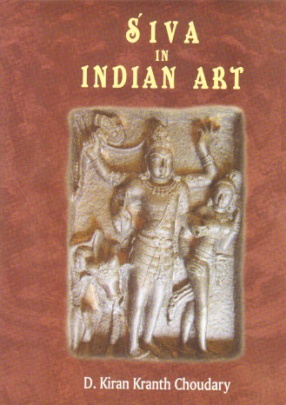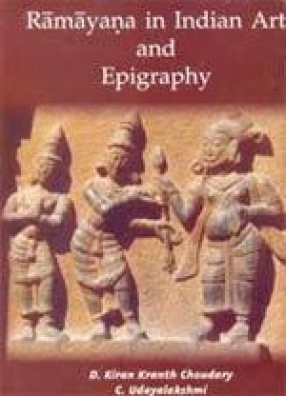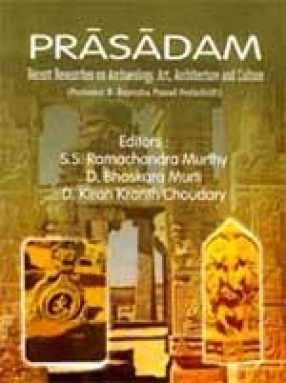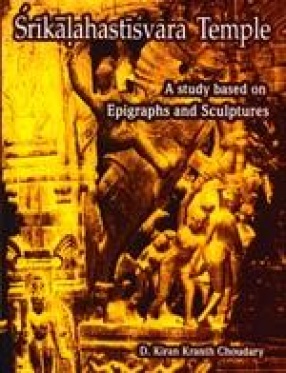
Showing all 4 books



Sivas Iconography is of seminal importance in the history of Indian Art. The present work Siva in Indian Art, for the first time, presents an exhaustive study of the impact of mythology on the iconography of Siva from the earliest to the 16th century C.E. The author compares the Saiva sculptures of Andhra with their counterparts belonging to the other schools of art like the Pallava, the Chalukya the Chola, the Rahtrakuta, the Kalinga and others of South India ...

The title of the volume Prasadam, is meaningful in that it combines in itself the expressions Prasada, 'a temple' and 'of Prasad'. Temple is dear to Prof. Prasad. He carved a niche for himself in our hearths. Hence, this presentation. The editors and the members of the felicitation committee express their gratitude to the learned contributors who have responded well within the short span of time. The bunch of essays is presented under three sections, viz., ...

The Ramayana has been studies up till now focusing mainly on its literary aspect. Works on the Ramayana in art are not many. This study has remained incomplete due to non-utilization of the regional Ramayana texts, in understanding the depiction and the regional variations. Ramayana in Indian Art and Epigraphy is an attempt in this direction, as the study is based on the data of the regional Ramayanas, including folk themes in Tamil, Kannada and Telugu and ...

The history of the Srikalahastisvara temple can be traced back at least to the 7th century A.D. as evidenced by the Tamil sacred literature Devaram and Tiruvacakam. The Naraymars sung its glory to their heart's content. As the region in which the temple of Srikalahastisvara formed part of the Chola empire its epigraphical history starts with the appearance of their inscriptions from 1000-01 A. D. Since then not only the Cholas but also their successors belonging ...
